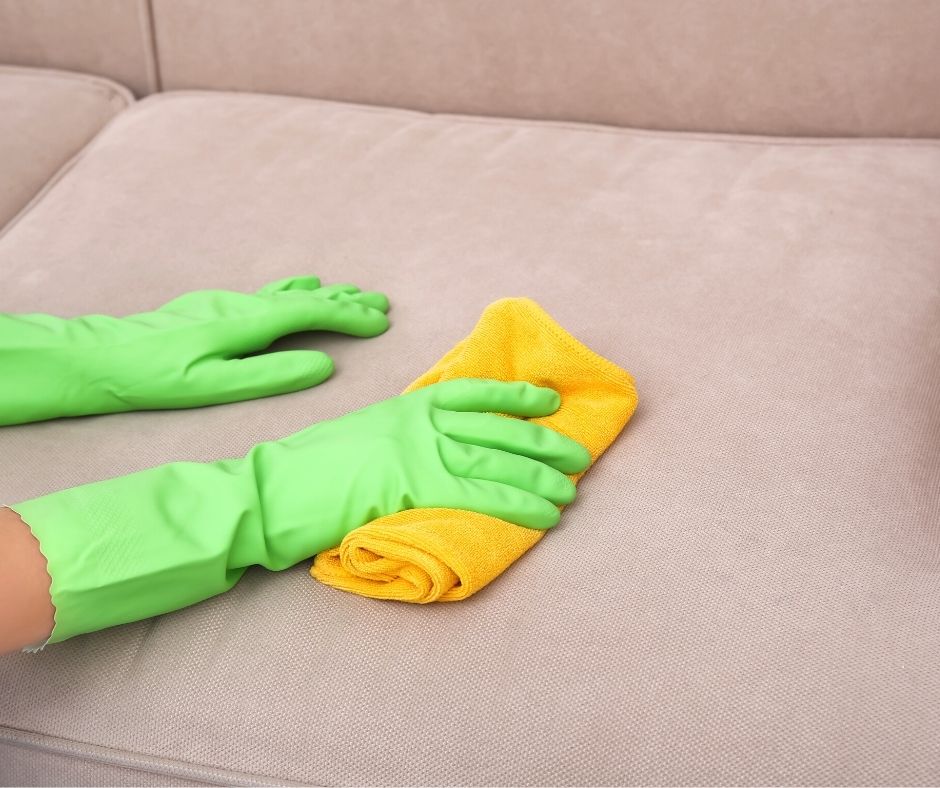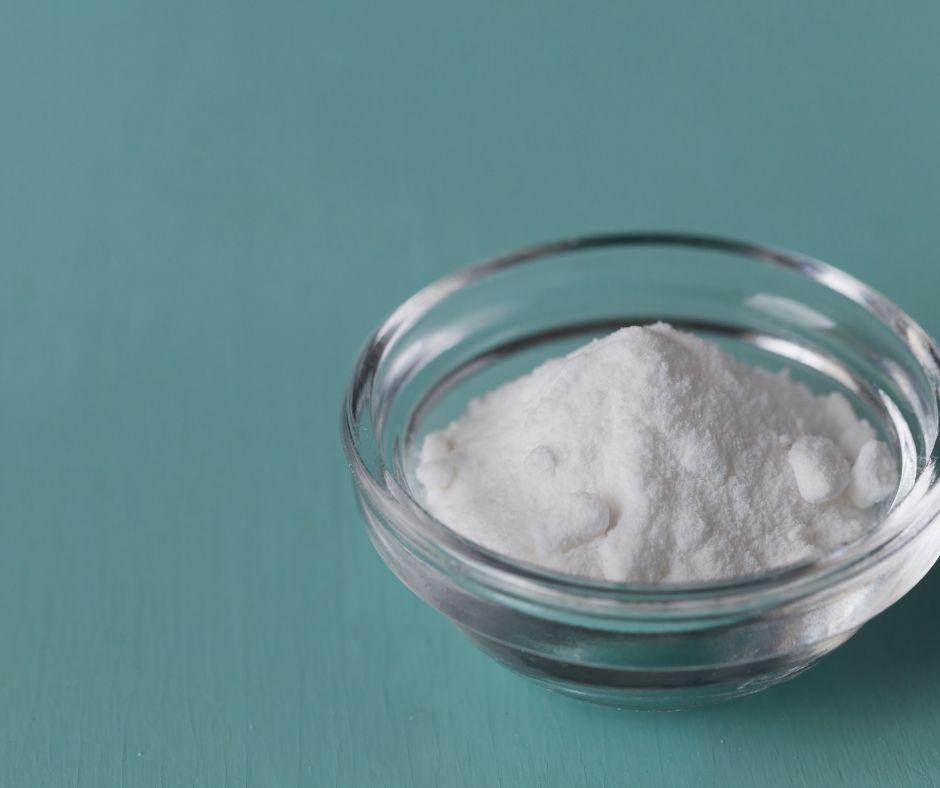At the end of a long day working, what you really want is to just fall onto your couch and relax. What you don’t want to do is fall onto your couch and have your nose assaulted by the dog, that cigar from the last Super Bowl, and that cup of coffee you spilled two years ago.
That’s especially true for microfiber couches, which because they last a long time also have a long time to absorb nasty odors. Who wants to pony up the dough for an expensive microfiber couch that smells too terrible to enjoy.
We put together this handy little guide on how to remove those odors, including how to prevent odors from sticking. Prevention is always the cheapest form of repair.
In This Article We'll Discuss
How to Get Smells Out of a Microfiber Couch

1. Brush and vacuum the couch. Before you break out the cleaning products that might take your couch out of use for a night, give it a good brushing and vacuuming to remove the big, loose stuff. You might solve your problem right away if the odor was coming from pet hair.
2. Sprinkle baking soda over the entire couch. Baking soda is an alkaline powder that neutralizes the acids in many odor-causing stains, from coffee to pet urine. Fortunately, you probably also already have it in your refrigerator neutralizing odors there.
If you can remove your couch cushions, do so and put them in a well-ventilated area. Sprinkle baking soda over everything. Don’t get stingy, either. The baking soda won’t harm your couch.

3. Let it sit. One key to this technique is giving the baking soda time to work. The longer you let it sit, the better results you’ll get. Letting it sit at least overnight is recommended.
4. Vacuum it up. Once you’ve given the baking soda time to absorb the odors, vacuum it all up. The odor is trapped in the baking soda, so you don’t want to brush it for fear that you’ll set it deeper into the fabric. A vacuum will lift it off easily.
5. Use a deodorizing product safe for your couch. If baking soda didn’t work, check the care tag on your couch and get a spray deodorant. A “W” or an “SW” means you can use a water-based product. An “S” or an “SW” means you can use a solvent-based product. Make sure you check that against the product you buy.
6. Throw cushion covers in the laundry. If you can unzip your cushions and remove the covers and the car tag has a “W” anywhere on it, you can remove the cover and toss it into the washing machine with a bit of white vinegar. Wash it in the most gentle settings and follow the drying instructions closely.
7. Pay a professional. If all else fails, you should consider taking your couch to a professional upholstery cleaner. Your couch is probably one of your most expensive pieces of furniture, but there’s no point having it around if no one will sit on it because it stinks.
How to Remove Pet Odors From a Microfiber Couch

Getting pet odors out of a microfiber couch isn’t all that different than getting regular odors out of a microfiber couch, except for the addition of an important step.
1. Vacuum the couch. Microfiber couches are magnets for pet hair and dander, and if you remove those, you might address the odor.
2. Use baking soda. Pet odors caused by things like urine and vomit are highly acidic, which is neutralized by the highly alkaline baking soda. Sprinkle baking soda on where the odor is coming from and after letting it sit overnight, vacuum it up.
3. Follow up with an enzyme cleaner. Check your couch’s care tag to see what kind of cleaner you can use. A “W” or “SW” means you can use a water-based cleaner. An enzyme cleaner is specially designed to break down urine crystals and other things that cause pet-related odors.
Follow the instructions on your specific cleaner.
How Do You Prevent Odors From Forming on Microfiber Couches?

The first, best way to remove odors from microfiber couches is to prevent them from taking hold. That’s why they always say an ounce of prevention is worth more than a pound of cure.
One way to prevent odors from taking hold to your microfiber couch is to not allow pets onto them. The fibers that make up your couch are notorious for capturing dust and pet dander and oils from animal skin can penetrate the otherwise tightly bound fabric.
We get that isn’t always practical. For starters, your pets are probably treated like members of your family. You probably aren’t going to ban your pets from the couch for the same reason why you won’t ban your toddler.
You’re also not around all the time. There’s no telling when your pet might sneak some couch time when you’re at work.
An alternative is to try putting down blankets and throw pillows where your pets like to lay down. A nice, thick barrier that you can toss into the laundry when it gets dirty and smelly is a good way to protect your couch.
Some products can add another layer of protection. If you’re feeling particularly daring or maybe even if your couch didn’t cost a lot of money, there are spray-on products you can apply yourself. You can also pay a professional to apply a higher-strength product.
Does Microfiber Absorb Odors?
One of the big plusses for microfiber couches is that they are more stain-resistant than traditional fabric upholstery. That means they have a natural resistance to stains.
But not all stains.
The fibers in microfiber are notorious for trapping dust particles and pet hair. They can also absorb smoke particulates. It’s also possible for the grease and oils from animal skin, yours and your pets, to soak into the furniture.
All of those cause odors.
Conclusion
You should have a better idea of how to get those awful smells out of your microfiber couch. That includes odors caused by just about everything, including your pets.
Keep in mind that preventing odors is the best way of removing them. Make sure the things that cause odors don’t stick to your couch and you never have to do the work of making it smell nice.
We hope you found real value in this guide. If you did, we’d love it if you left us a message down below, or shared this on your social media networks. Having nice-smelling furniture isn’t a competition. We’re all in this together.

